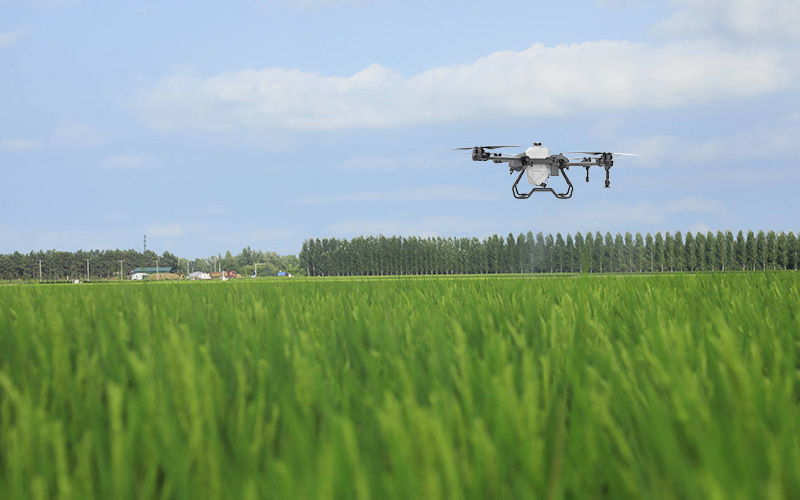Agricultural Drones for Direct Seeding.Agricultural drones have emerged as innovative tools for direct seeding in modern agriculture, revolutionizing traditional planting methods. TZX agricultural plant protection drones are equipped with sophisticated technology that enables them to plant seeds precisely and efficiently across vast farmland, enhancing crop productivity and resource utilization.

Key Features and Functions
Precision Seeding: Agricultural drones are capable of direct seeding with remarkable precision. They utilize advanced navigation systems and GPS technology to accurately distribute seeds at the desired depth and spacing, ensuring optimal plant growth and reducing competition for nutrients and sunlight.
Efficient Coverage: Drones can quickly cover large areas, making direct seeding a time-efficient process. This is particularly beneficial for farmers with extensive farmland, as it allows them to plant seeds swiftly and uniformly, without the need for extensive manual labor.
Customizable Seeding Rates: Agricultural drones offer the flexibility to adjust seeding rates based on specific crop requirements and soil conditions. This customization ensures that each crop receives the optimal number of seeds per square meter, promoting healthier plant growth and higher yields.
Environmental Benefits: Direct seeding with drones reduces the need for tillage, which can lead to soil erosion and nutrient loss. By minimizing soil disturbance, drones contribute to better soil health and improved carbon sequestration, aligning with sustainable agriculture practices.

Application Advantages
Cost Savings: Direct seeding with drones can reduce labor costs and the need for traditional planting equipment, leading to overall cost savings for farmers.
Increased Productivity: By ensuring precise and uniform seed placement, drones contribute to higher crop yields and productivity. This is particularly important in areas with limited agricultural land or challenging climate conditions.
Resource Efficiency: By customizing seeding rates and minimizing soil disturbance, drones promote more efficient use of water, fertilizers, and other agricultural resources.
